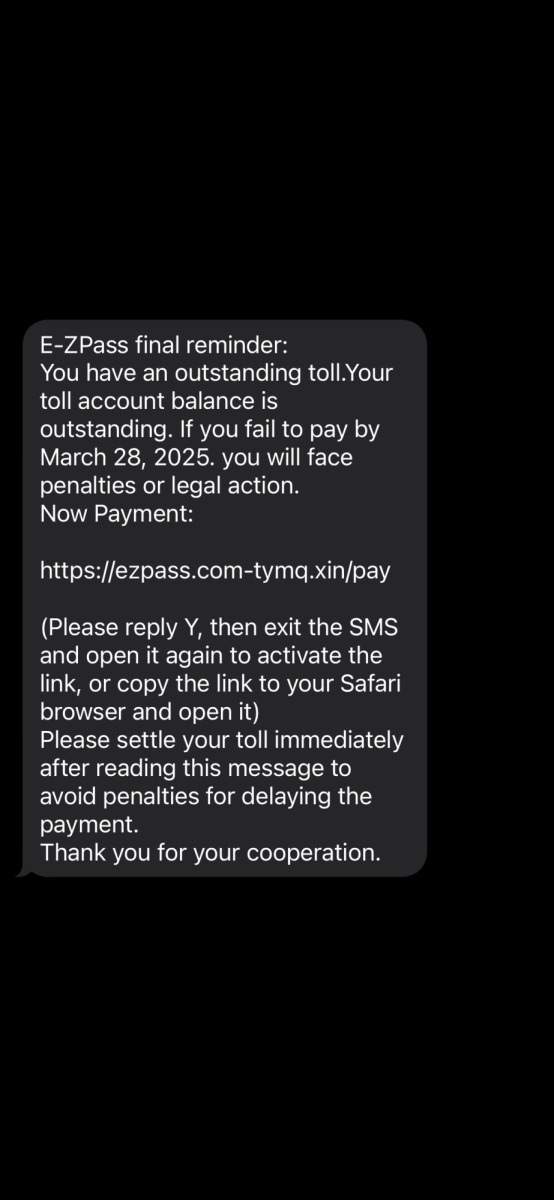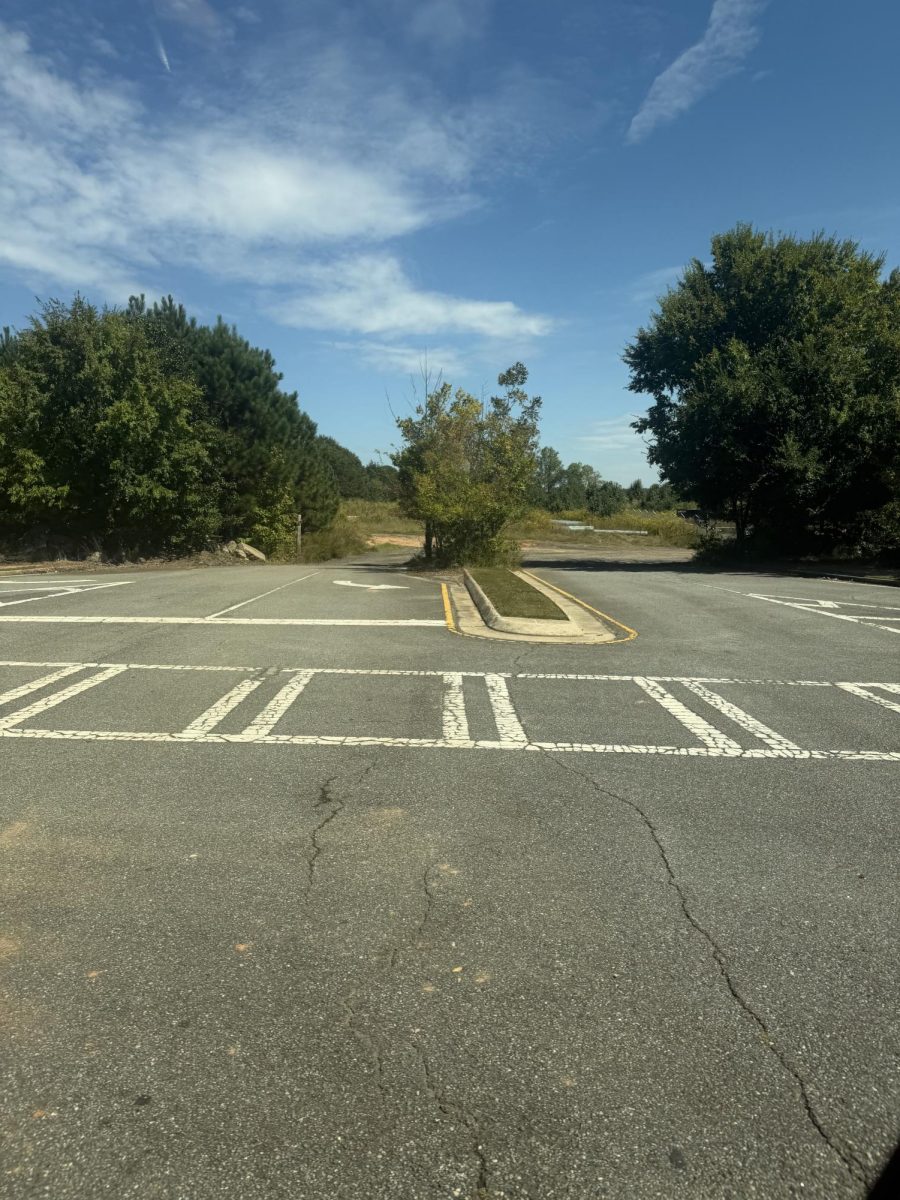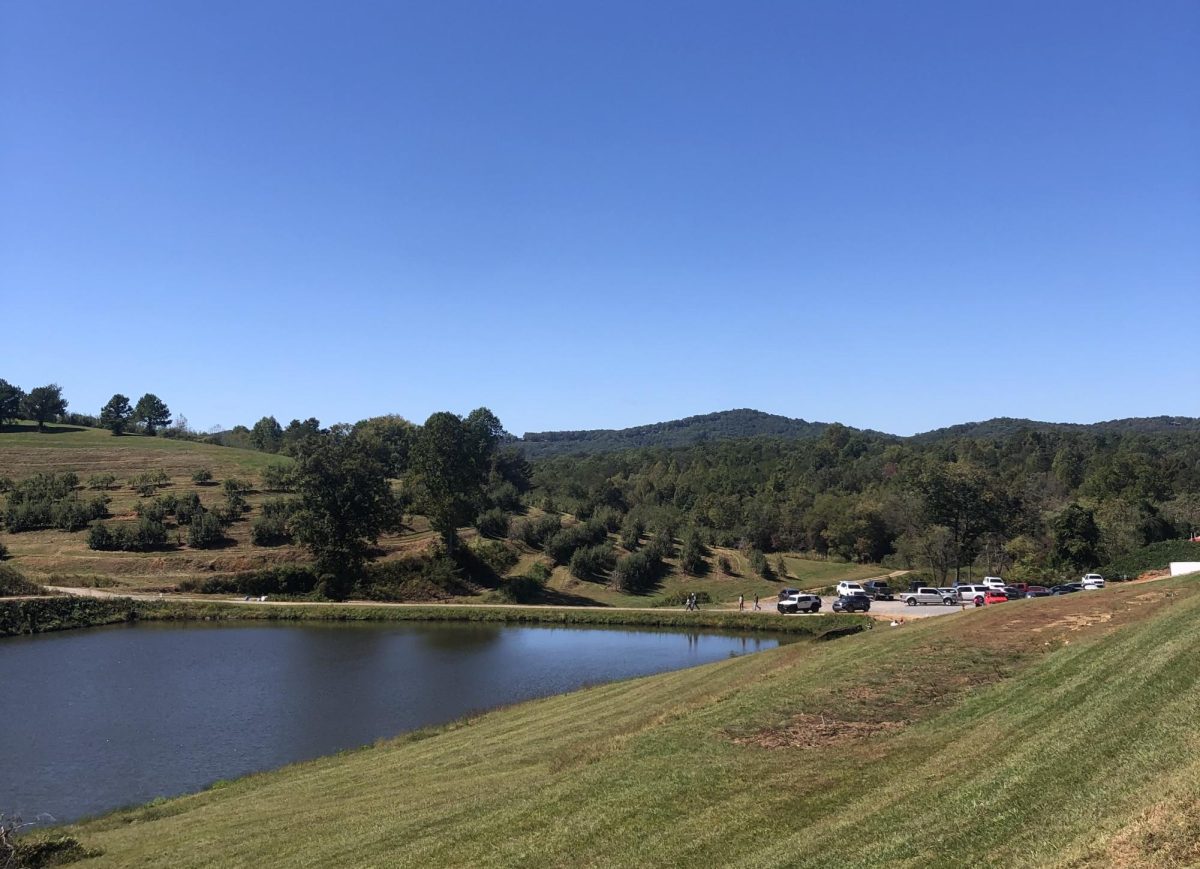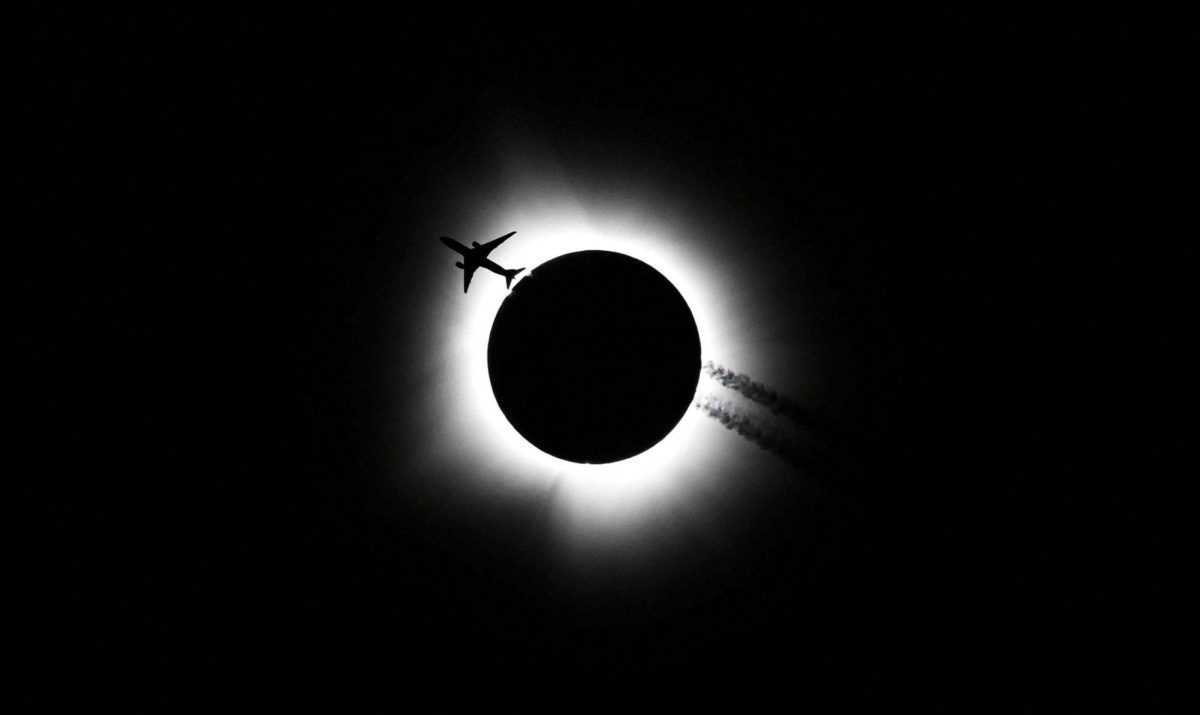On April 8, 2024, millions of people across North America were treated to an unforgettable event as a total solar eclipse occurred, passing through states from Texas to Maine. The rare event, which occurs when the Moon passes directly between the Sun and Earth, completely obscuring the Sun’s face, captivated observers across the country and gained the attention of scientists and astronomers around the world.
Beginning in Mexico, the eclipse’s path spanned across Texas, Oklahoma, Arkansas, Missouri, Illinois, Kentucky, Indiana, Ohio, Pennsylvania, New York, Vermont, New Hampshire and Maine with those locations seeing the “totality” of the eclipse. However, other states in the country witnessed partial totality and were still able to enjoy the event with friends and family.
“It was absolutely insane. Even though I’m an astronomy student and study these types of things almost daily, it’s a completely different ball-game getting to see an eclipse with my own eyes.” – Samantha Banks, a local Dahlonega resident who was able to view the eclipse in Dahlonega, GA
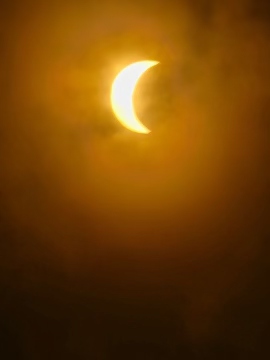
Many people have been left wondering when the next total solar eclipse will occur. According to Amir Caspi, a principal scientist at the Southwest Research Institute in Boulder, Colorado, the next total solar eclipse is slated for Aug. 12, 2026. Unlike the most recent event, this eclipse’s path will extend over Greenland, Iceland, Spain, Russia, and a fraction of Portugal, while parts of Europe, Africa and North America will experience a partial eclipse.
Additionally, the next upcoming total solar eclipse visible from the United States is slated for Aug. 23, 2044. It will travel over the northwestern region of South Dakota at sunset, while other areas will experience a partial eclipse.



